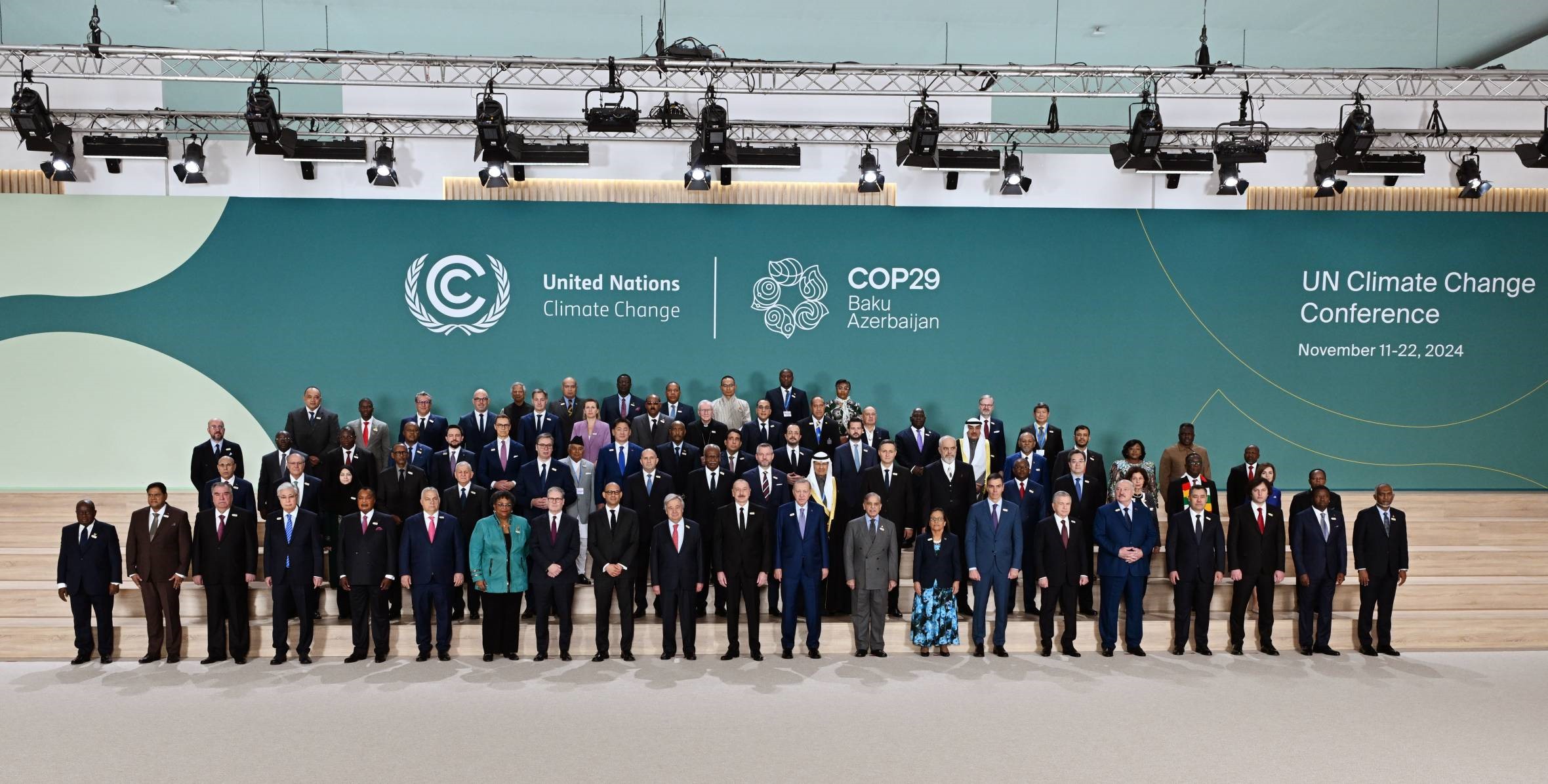
COP29 Agreements: An overview

COP29 concluded in Baku, Azerbaijan, encouraging dialogue on the progress in global climate efforts. Below is a summary of the conference's key outcomes and agreements.
1. Enhanced Nationally Determined Contributions (NDCs)
Countries pledged updated and more ambitious emissions reduction targets. COP29 focused on ensuring these targets align with limiting global warming to 1.5°C. Nations are now required to submit detailed Biennial Transparency Reports (BTRs) to track progress against their commitments, fostering greater accountability.
2. New Climate Finance Goal
A highlight of COP29 was the establishment of the New Collective Quantified Goal on Climate Finance, replacing the $100 billion per year pledge from COP15. This new goal seeks to integrate private and public financing to accelerate green transitions globally.
Developed countries committed to increasing funding for mitigation and adaptation efforts, with an emphasis on private sector involvement. However, the specifics of the new financial pool and timelines remained vague, causing dissatisfaction among developing nations, who argue that the promised funds fall short of what is needed to address their disproportionate vulnerability to climate impacts.
3. Packaging Industry Commitments
Acknowledging the environmental impact of global supply chains, COP29 included significant discussions on sustainable materials and waste reduction. The packaging industry committed to reducing its carbon footprint through circular economies and adopting eco-friendly innovations.
4. Youth and Inclusion at COP29
A novel feature of COP29 was the strong inclusion of youth voices, ensuring future generations are actively involved in climate action decisions. This approach reflects a commitment to intergenerational equity and fostering fresh ideas.
5. Focus on Biodiversity
Biodiversity was a cornerstone of the agreements, with nations pledging to strengthen carbon sinks like forests and oceans while implementing the Kunming-Montreal Global Biodiversity Framework. These initiatives aim to reduce habitat loss and enhance nature's role in combating climate change.
6. Technology and Innovation
COP29 also emphasized advancing green technology. Countries committed to supporting innovation in renewable energy, sustainable agriculture, and low-emission manufacturing. Initiatives include technology transfer to developing nations to close the climate gap.
7. Climate Finance Discontent
While developed nations announced an incremental increase in climate finance commitments, the pledged amounts drew sharp criticism from developing countries. Representatives from these nations expressed disappointment at what they perceive as an insufficient and uneven allocation of funds. They emphasized that the promised finance does not adequately address the damages they face from climate change, especially considering their minimal contributions to global emissions. This dissatisfaction underscores ongoing inequities in climate negotiations and could lead to prolonged discussions about reparations and financial mechanisms in future COP meetings.
What Comes Next?
COP29 solidified a global momentum for climate action. However, the success of these agreements depends on their implementation at national and local levels. Businesses, particularly in industries like packaging, must adapt quickly to meet sustainability expectations.
Stay informed about these evolving commitments to understand how they might affect industries and policies worldwide.
For a deeper dive into COP29 agreements and their implications, check out the official UNFCCC COP29 page.





